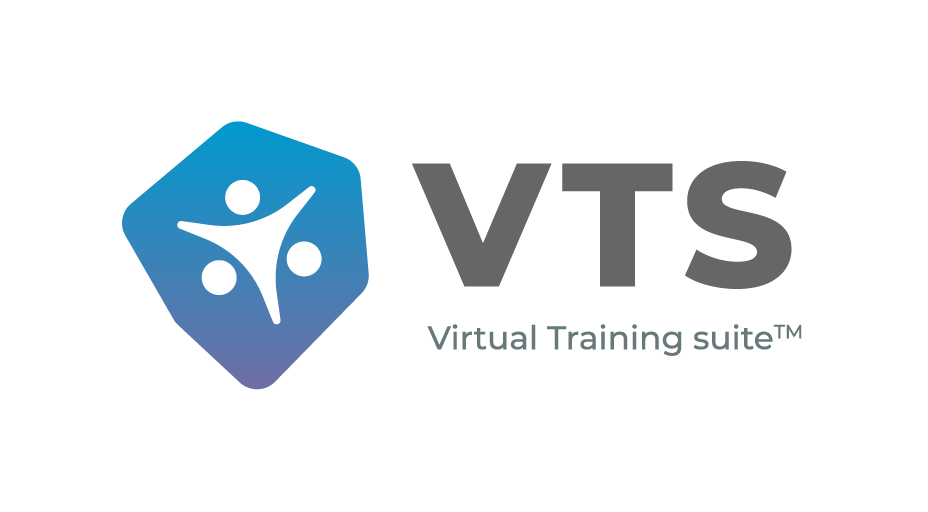06/11/2025 : VTS 7.1.2
This is a patch update.
Visit this page to see what's new in major version 7.1.
New features and improvements
- Sentence Choice block: increase the display area to allow more choices to be displayed.
- Numeric Pad block: the numeric keypad can now be used to enter digits, as well as Backspace to delete the last digit and Enter to validate.
Fixes
- Themes: fixed an issue that could prevent the scenario from running correctly when using a custom theme copied from an existing theme.
- Preview: fixed a bug that disabled VTS Editor menu interactions after using the button to take a screenshot.
- Voiced-over blocks: block with voice-offs (Quiz, Message, ...) are now properly interrupted when the block ends.
- Resources: the Full Screen button can no longer be overlaid with the item description.
- Cursor block: correction of the display of values which, in some visual themes, could be displayed in unsuitable colors.
- Open Resources block: fixed an issue that prevented the scenario from running when two Open Inventory blocks were executed in succession.
- Quiz block: the Quiz block can no longer be validated multiple times with the Enter key.
- Scenario End page: fixed an error that prevented all badges obtained from being displayed in some cases.
- Scenario End Page: fixed a bug preventing interaction with skills texts on mobile platforms.
- ${ child.title }

